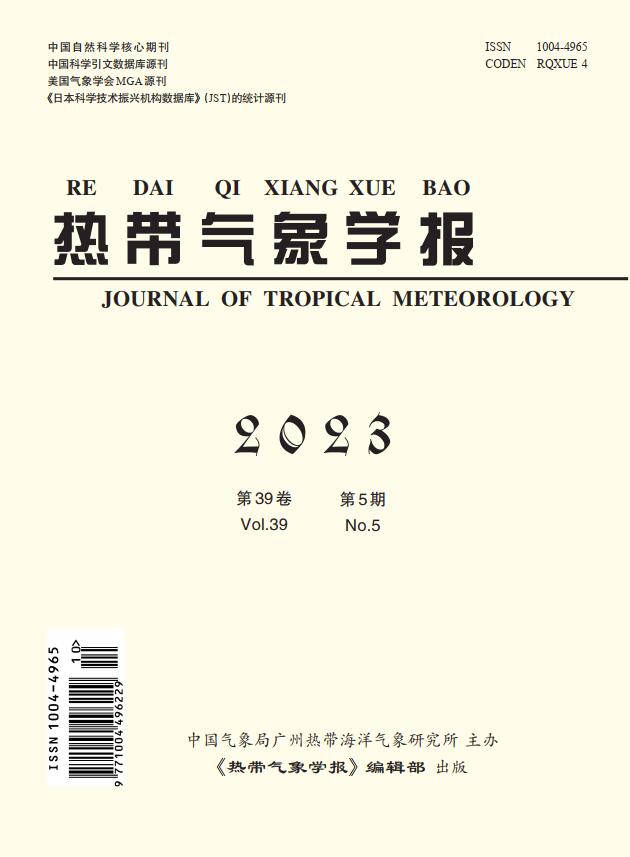Contrasting Trend of Wintertime Wind Speed Between Near-surface and Upper Air in China During 1979–2021
IF 1.4
4区 地球科学
Q4 METEOROLOGY & ATMOSPHERIC SCIENCES
引用次数: 0
Abstract
: The long-term height-resolved wind trend in China under global warming still needs to be discovered. To fill this gap, in this paper we examined the climatology and long-term (1979–2021) trends of the wintertime wind speed at the near-surface and upper atmosphere in China based on long-term radiosonde measurements. At 700, 500, and 400 hPa, much higher wind speed was found over eastern China, compared with western China. At 300, 200, and 100 hPa, maximum wind speed was observed in the latitude zone of around 25–35°N. Furthermore, westerly winds dominated most parts of China between 20°N and 50°N at altitudes from 700 hPa to 100 hPa. A stilling was revealed for the near-surface wind from 1979–2003. From 2004 onward, the near-surface wind speed reversed from decreasing to increasing. This could be largely due to the joint impact of reduced surface roughness length, aerosol optical depth (AOD), and increased sensible heat flux in the ground surface. The decrease of AOD tended to reduce aerosol radiative forcing, thereby destabilizing the planetary boundary layer (PBL). By comparison, the wintertime wind in the upper atmosphere exhibited a significant monotonic upward trend, albeit with varying magnitude for different altitudes. In the upper troposphere, the wintertime maximum wind was observed along a westerly jet stream, with a pronounced upward trend within the zone approximately bounded by latitudes of 25–50°N, particularly above 500 hPa. This accelerating wind observed in the upper troposphere and lower stratosphere could be closely associated with the large planetary-scale meridional temperature trend gradient. Besides, the direction for the wind at the near-surface and lower troposphere (925 and 850 hPa) exhibited a larger variance over the period 1979–2021, which could be associated with the strong turbulence of PBL caused by the heterogeneous land surface. For those pressure levels higher than 850 hPa, large wind directional variance was merely found to the south of 25°N. The findings from long-term radiosonde measurements in winter over China shed light on the changes in wind speed on the ground and upper atmosphere under global warming from an observational perspective.1979年至2021年中国近地面和高空冬季风速对比趋势[j]; [j]
本文章由计算机程序翻译,如有差异,请以英文原文为准。
求助全文
约1分钟内获得全文
求助全文
来源期刊

热带气象学报
METEOROLOGY & ATMOSPHERIC SCIENCES-
CiteScore
1.80
自引率
8.30%
发文量
2793
审稿时长
6-12 weeks
期刊介绍:
Information not localized
 求助内容:
求助内容: 应助结果提醒方式:
应助结果提醒方式:


